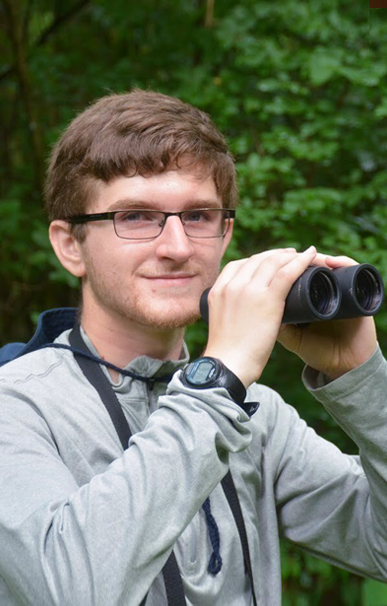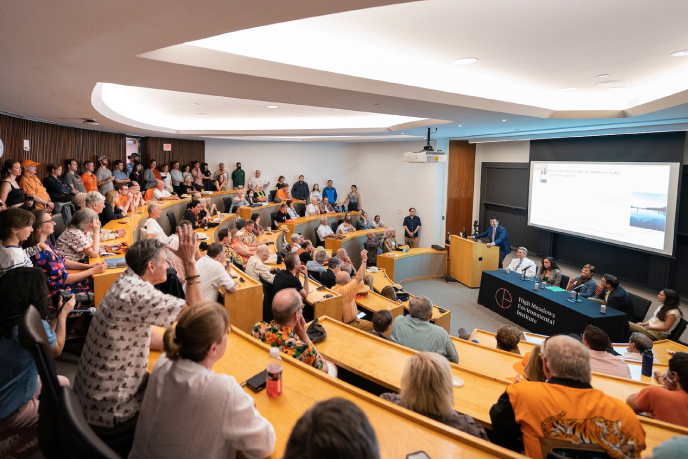Joseph Kawalec ’21


Ecology and Evolutionary Biology
Camouflage and Vigilance: The Secret Lives of Our Local Woodpeckers in an Increasingly Urbanized Environment
Certificate(s): Environmental Studies
I worked on a project investigating two predator-avoidance strategies in woodpeckers, specifically camouflage and vigilance. Woodpeckers are considered ecosystem engineers because they excavate holes that are used as nesting and roosting sites by many wildlife species. Understanding the ecology of woodpeckers is therefore important to ecosystem conservation. We collected vigilance data by video-recording woodpeckers in the Charles H. Rogers Wildlife Refuge and Institute Woods. We will analyze these videos to quantify vigilance behaviors and correlate vigilance with tree-canopy cover, foraging height on the tree, and proximity to urbanization. We also collected camouflage data by taking photos of the bark of trees on which we saw woodpeckers. Our photos were taken with an ultraviolet-sensitive camera because hawks, the primary predator of woodpeckers, can see ultraviolet light. We will overlay images of dorsal woodpecker plumage onto the tree-bark images to measure how closely the two patterns and colors match under ultraviolet light. Overall, this internship helped me understand the care that goes into collecting data and has motivated me to pursue ecology research in graduate school.
2019
Biodiversity and Conservation
Stoddard Lab, Department of Ecology and Evolutionary Biology, Princeton University - Princeton, New Jersey
Mary Caswell Stoddard, Assistant Professor of Ecology and Evolutionary Biology; Monica Carlson, Ph.D. candidate, Ecology and Evolutionary Biology



